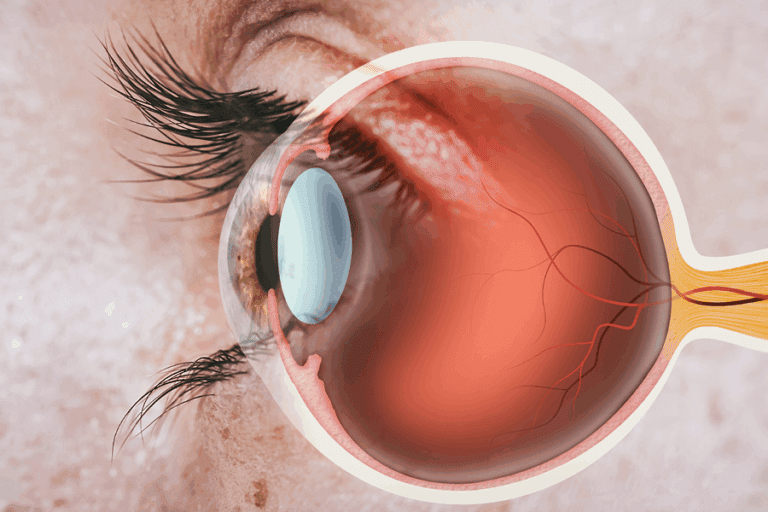Life is full of uncertainties, and knowing your risk is one way of controlling your future. Oral health is no different. Understanding your oral-health risk helps you understand how likely a future dental problem might be.
Risk is controlled by “risk factors,” which can be related to personal habits, behaviors, or your environment. Take tooth decay; personal habits like brushing and flossing and environmental factors such as drinking from a fluoridated water supply can influence your risk of tooth decay.
Risk factors can also be positive or negative. Brushing with fluoridated toothpaste is a positive risk factor decreasing the risk for future tooth decay, while eating frequent sugary snacks is a negative risk factor – it increases risk.
When taken together, these risk factors provide an overall risk profile – a risk score that helps you understand and predict the likelihood of future problems. Your overall score can determine if your risk is low, moderate, high, or even very high for future oral-health problems.
By knowing your risk factors, you can also determine what behaviors or environmental factors you need to change to improve your overall score. Maintaining a low risk score helps you control your future.
One easy way to determine your oral-health risk is with a simple online questionnaire found on the Delta Dental of Wisconsin web site (http://www.deltadentalwi.com/) by clicking on the link titled “How does your smile score?” This self-assessment tool asks specific questions about your positive and negative risk factors, and questions related to the condition of your teeth and gums.
The results will give you an overall score from one (corresponding to very low risk ) to five (corresponding to very high risk), for tooth decay, gum (periodontal) disease, and oral cancer. It also provides scores on the same one-to-five scale for your gum health and tooth needs.
The assessment provides explanations of what the scores mean, and what you can do to maintain or improve each score. There is also a helpful library with information on how to control and improve your oral-health risk.
The questionnaire is age-specific, so you can complete it for yourself or your children, and you can repeat the assessment as often as you like. You can even print the results, take them to your next dental appointment, and discuss them with your dentist.
Knowing your risk is the first step in controlling your risk, and controlling your risk is controlling your future.


